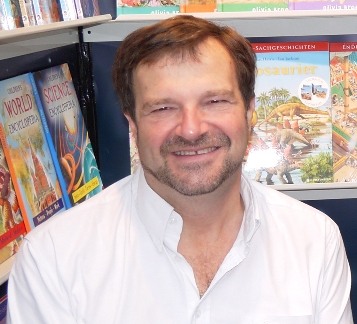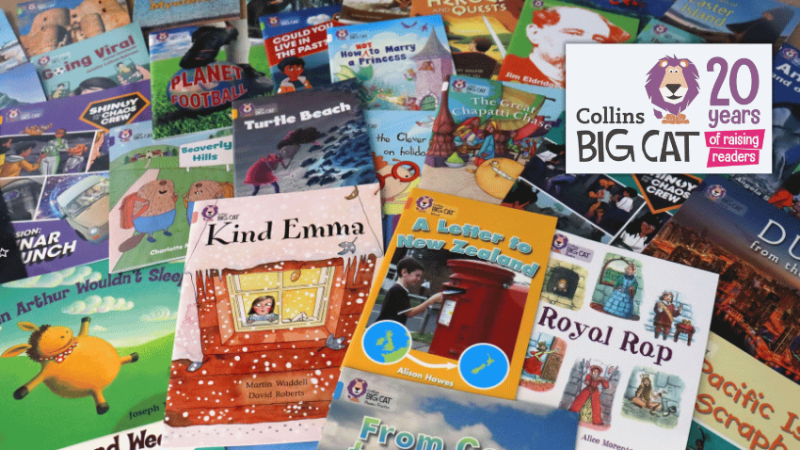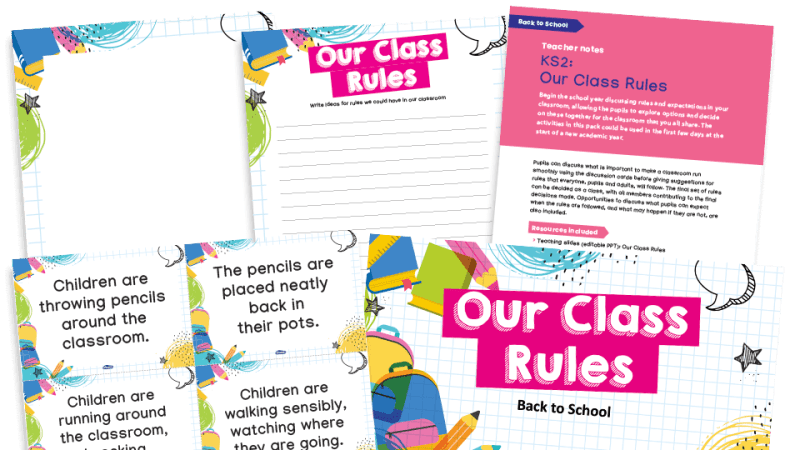Exothermic Off The Press – Using News Stories To Teach Science

If you want lend a little life and richness to your science lessons, try scanning the day's headlines, suggests Nicholas Harris…

It might be something of an obsession for many of us, but the news typically doesn’t tend to grip children in quite the same way as adults.
Politics, economic affairs, wars, abductions, disasters, deaths, assorted celebrity shenanigans; often none of these subjects will particularly resonate with the young, but then would we actually want them to be exposed to sometimes upsetting coverage of world events at a young age?
Young children are generally more interested in their own worlds of family, friends, pets, music, sport and so forth to concern themselves in what goes on in the lives of others far away. And to be honest, who could blame them?
Intriguing young minds
Yet almost every day, there are things happening somewhere in the world that could potentially engage them a great deal – if only they know about them.
Space probes encountering other planets or moons; the discovery of a new type of dinosaur; the invention of an amazing new robotic device – these are all news stories that are as likely to intrigue the young as they are rest of us.
It needn’t just be good news, either. The increasingly clear signs of global warming; the threats faced by endangered animals; the plight of Haitians whose lives were devastated by Hurricane Matthew – these too are all likely to be stories that children readily respond to. It’s their future, after all.
We might not see it at first glance, but many of these intriguing news stories are to do with science. Knowing that children can be switched on by such stories, it’s a short step from there to using them as effective hooks to capture their attention in class – particularly in science lessons.
Why stuff happens
A lesson on what causes earthquakes can really come alive if you introduce the fact that a plate boundary runs up the centre of Italy, and that the earthquake which happened there earlier this year was caused by a sudden slippage along that boundary.
The news last September that tiny ‘particles of pollution’ could be entering people’s brains can be used to intrigue pupils who might previously been unaware, perhaps, that magnetite is not just a principal ore of iron, but also the material (lodestone) that first introduced the ancients to the mysteries of magnetism. You could also share that the same material has been found naturally occurring inside the organs of various animals (including birds), which may be able to explain their astonishing ability to navigate over long distances.
Relevance to the world we live in and our everyday lives will surely makes schoolwork instantly more appealing rather than something to be endured. This particularly applies to those children who are not naturally drawn to science, but who respond much more once a human dimension is introduced. It also makes teaching a subject more interesting.
Create a lesson around something in the news
A ‘newsy’ example can brighten up any lesson. But another exciting possibility is to construct a lesson entirely around something in the news—whether or not the class is even aware of the original item.
The current news of widespread coral bleaching is as good an introduction as any to the immediate effects of climate change on the environment. It touches on the concerns many young people feel about the harm being caused to the planet, it nicely demonstrates the different processes at work in nature – and it’s in the news.
Gripping the imagination
Sometimes, a single story can really get everyone buzzing. A few weeks ago, astronomers studying what they have affectionately nicknamed Tabby’s Star, revealed that they had no explanation for the curious pattern of dimming and brightening they have been witnessing.
Inevitably, suggestions and comments regarding ‘alien megastructures’ were soon put forward – but rather unusually, it seems that the scientists aren’t necessarily discounting them. There remains the possibility – albeit an extremely remote one – that some kind of advanced civilisation has constructed an array of solar panels around their local star in order to capture its energy. The pattern of dimming may be caused by the panels periodically blotting out starlight.
Trending
Far-fetched? Maybe, but fascinating all the same – and a topic that’s certain to grip children’s imagination. Physics is anything but dull when it can be linked directly to the possibility of extraterrestrial intelligent life existing somewhere else in the galaxy…
Stories to inspire learning
A particular news event can sometimes span a number of otherwise unrelated subjects in a pleasingly haphazard way. News of the recent unearthing in Florida of evidence that humans settled in the Americas much earlier than previously thought draws on a wide range of disciplines.
For example, you could explore how they found the evidence (archaeology), how they dated it (physics) and what the evidence revealed (palaeontology). Other themes that come out of the story include what we know about where the first settlers came from (biology) and how they came to cross into the Americas in the first place (geological history).
The news is a rich well from which to draw on for a near inexhaustible supply of material you can use to enliven science lessons. News stories can even provide the framework around which an entire lesson revolves, and prompt excellent online research exercises for work in class or at home.
A good story can inspire children to follow the news more closely than they might have previously – a satisfactory outcome, if we’re to get young people engaging more in the issues of the day that affect them and their futures.
5 tips for finding suitable news items
1. The BBC The BBC News website is an obvious place to start, as is the CBBC Newsround page or Q-news at Q-files.com, if you want to focus in on child-interest stories.
Remember, that some of the best stories may not necessarily be the biggest. You’ll find all sorts of gems tucked away in the inside pages of newspapers are all kinds of gems.
2. Stories of particular interest to children will inevitably feature the monstrous, the mysterious, the magical, the mechanical – and the ‘awesome’. That pretty much covers dinosaurs, space, mummies, robots, mammoths and so forth, but don’t ignore the serious, quieter stuff too, such as animals, the future of the planet or the workings of the human body.
3. Archaeological stories are particularly good for embracing several different disciplines, and they often involve a range of sciences, as well as history and geography.
4. Once you’ve earmarked a few likely stories, seek out some other specialist sites to both put flesh on the details and to tease out further interesting snippets. This is good for firming up on facts – especially if your news items are penned by journalists without a scientific background.
5. Save up stories that you think will be useful sources of up-to-date examples, or which you might use to devise future lesson plans around.
Nicholas Harris is the managing editor of Q-files.com, the recently-launched free online encyclopaedia for children, and the founder of Orpheus Books; for more information, follow @QfilesOfficial








